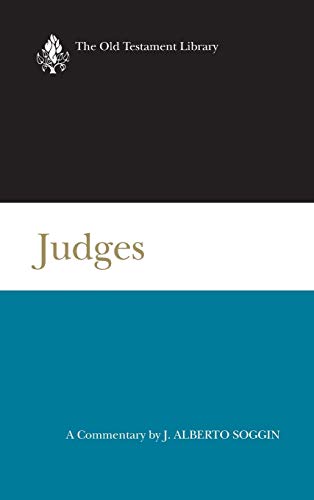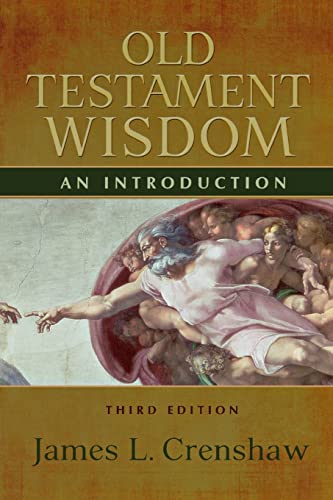Plot and Purpose in the Old Testament
Written by Elmer A. Martens Reviewed By Robert L. Hubbard, JrThis book represents the third venture of an evangelical into the treacherous waters of Old Testament theology in recent years. While books by W. Kaiser (Toward an Old Testament Theology, Zondervan, 1978) and W. Dyrness (Themes in Old Testament Theology, Paternoster, 1980) offered simple surveys, this volume constitutes a full-orbed Old Testament theology—indeed, the first such major attempt since that of J. B. Payne (The Theology of the Older Testament, Zondervan, 1962). Thus, whatever one’s assessment of it, its appearance is something of an event.
The author is President and Professor of Old Testament at the Mennonite Brethren Biblical Seminary, Fresno, California, USA. In his preface, he states that an Old Testament theology should not only ‘lay bare … the essence of the Old Testament message’ but go beyond simple description to indicate the implications of that message for today’s believer. Hence, spaced throughout the book are sections of ‘theological reflections’ in which the author seeks to apply his major points to contemporary issues.
Like von Rad, Martens takes a specific text as his starting-point, namely, Exodus 5:22–6:8. His exegesis of this ‘pivotal text’ produces his main thesis that the Old Testament’s overarching theme is ‘God’s design’, a four-fold plan which includes deliverance, community, knowledge of God, and land. After tracing the ‘anticipation of God’s purpose’ in the primeaval history and patriarchal narratives, Martens proceeds in subsequent chapters to trace that four-fold design through three historical epochs: its implementation in the ‘pre-monarchy era’, its testing in the ‘monarchy era’, and its re-affirmation in the ‘post-monarchy era’. Each of the last two eras also has a key text to represent its thought: Hosea 2:14–23 (monarchy) and Ezekiel 34:17–31 (post-monarchy). The last chapter traces the four-fold design forward into the New Testament by using Matthew and Romans as examples. Thus, methodologically Martens combines both the diachronic and synthetic approaches: he tracks his major themes diachronically over time while examining synthetically the appropriate biblical witnesses within a specific era.
The book has much to commend it. It is clearly—and at times, cleverly—written. Further, it is comprehensive in scope: no major Old Testament literature or concept (including the problematic wisdom materials) escapes inclusion in Martens’ relentless tracing of his themes. At key points it gives the reader one of six tables to help him visualize key thematic developments more readily. Major controversial issues are not ducked (e.g. the origin of the monarchy in 1 Sa. 8–12, pp. 142ff.), and his approach to critical problems is thoroughly conservative (e.g. he opts for Mosaic authorship of the Pentateuch, p. 13). He everywhere stresses the continuity of the Scripture’s parts and on the theological implications of the Old Testament—both praiseworthy emphases.
On the other hand, Martens’ approach and execution raise some problems. His choice of the Exodus passage as a starting-point is a creative one, but one must ask, Why choose that text over, say, Genesis 1 or 12 or one of von Rad’s infamous ‘little credos’? (For the author’s justification, see pp. 21–24.) The same question may be asked of his selection of the other two key texts. The fact that both Hosea 2 and Ezekiel 34 are eschatological texts—and, hence, do not include the message of those two prophets for their own day—suggests that they are not adequate representatives of two major eras of thought.
More distressing, however, is Martens’ failure adequately to bring out the unique nuances which each era contributes to a given theme. One example: to underscore that the prophets, like Moses, wanted people to ‘know God’, Martens quotes Jeremiah 9:23–24—except he omits the last line which specifies that they are to know him as one who delights in justice and righteousness (p. 172). The fact is, the concept ‘knowledge of God’ does not have the same nuance in Exodus 6, Hosea 2, and Jeremiah 9. What is needed is not only more careful attention to each text’s thought world but also probing reflection on what John Bright calls ‘the theology that informs the text’ (i.e. its underlying theological assumptions).
Further, I question the adequacy of Martens’ three-fold chronological framework. Surely the sudden leap from Moses to Hosea—or the even shorter one from Ezekiel to Ezra—betrays an overly simple schema. To compound this, Martens all too frequently violates his own framework. One example: he cites Genesis 3:15 and 49:10–12 as well as a Balaam oracle (Nu. 24:17–18) as background to the theme of deliverance in the monarchy era (pp. 131ff.). But one asks, Why were those texts not discussed under that subject in their own time frame?
These criticisms notwithstanding, this is an important book. Its unique approach is worthy of careful consideration. It is not quite the Old Testament equivalent to Ladd’s New Testament Theology, but its comprehensiveness, clarity, and stimulating theological reflections make it a book to be reckoned with by Old Testament theologians.
Robert L. Hubbard, Jr
North Park Theological Seminary, Chicago, Illinois







